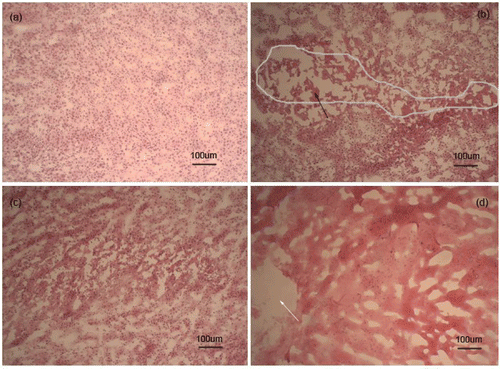Figures & data
Figure 1. Comparison of temperature rises between bare and encapsulated sodium cases in in vitro pork. Heat release of bare sodium was intense and centralized, while that of encapsulated sodium was gentle and had a longer duration. Optical images of the two forming sodium cylinders are also given.

Figure 2. Cell viability of the control group, NaOH group, heating group and combination group in in vitro EMT6 breast cells, respectively. The values represent the mean ± standard error of the mean for experiments performed in triplicate. The combination group show significantly different viability compared to the control group, while the NaOH group and the heating group do not.
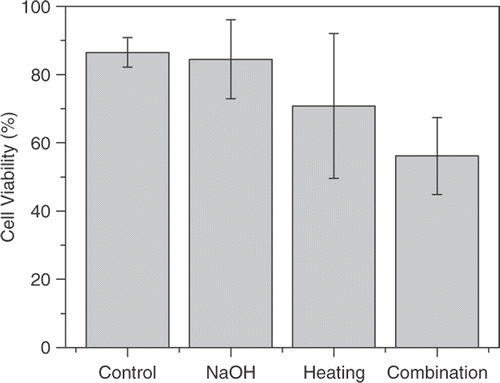
Figure 3. Schematic for positioning the thermocouple in the heat treatment group and the sodium treatment group, respectively.
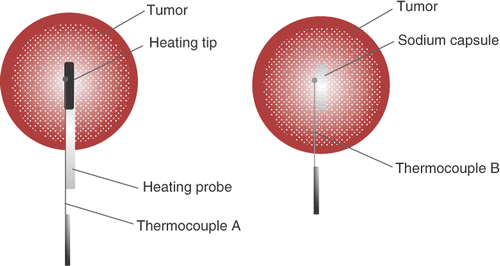
Figure 4. Measured temperature rises for hyperthermia treatment and sodium treatment. The maximum temperature for the sodium group was 9.07°C, while for the hyperthermia group it was 9.25°C.
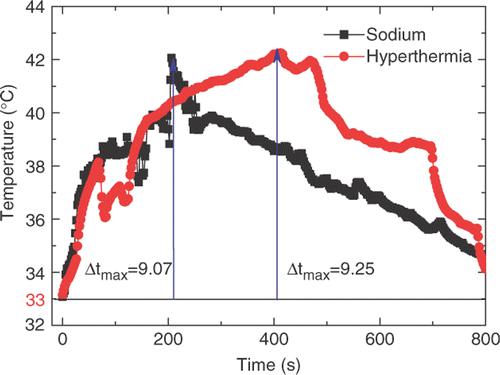
Figure 5. Tumor volume change in four groups during the 12 days after treatment. Mice in the control group, NaOH group, heating group and sodium group underwent no treatment, an intratumoral injection of NaOH solution, sodium capsule therapy and heating needle therapy. There was a notable regression in the sodium group compared to the control group, NaOH group and heating group, respectively.
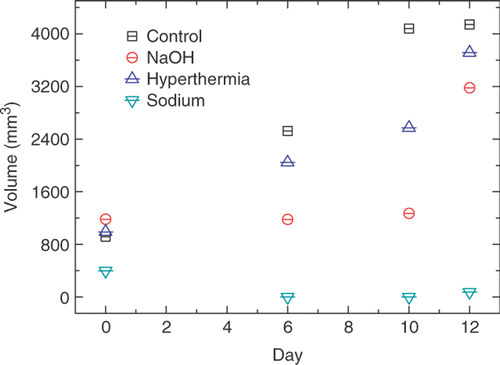
Figure 6. Hematoxylin/eosin staining of EMT6 tumor immediately after treatment for control group and three treatment groups, respectively. (a) The control group showed an infiltrating growth trend. (b) The injecting NaOH solution group with the black arrow indicating necrotic tumor cells. (c) The hyperthermia group showing no significant damage. (d) The sodium group with the white arrow demonstrating the injection zone of sodium and cells showing necrosis around the injection zone.
